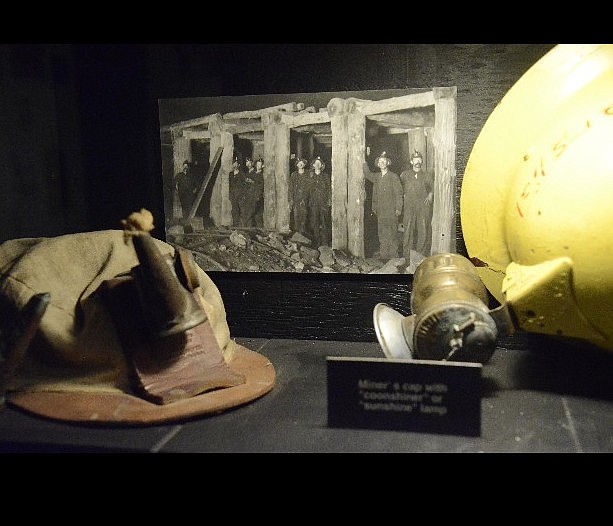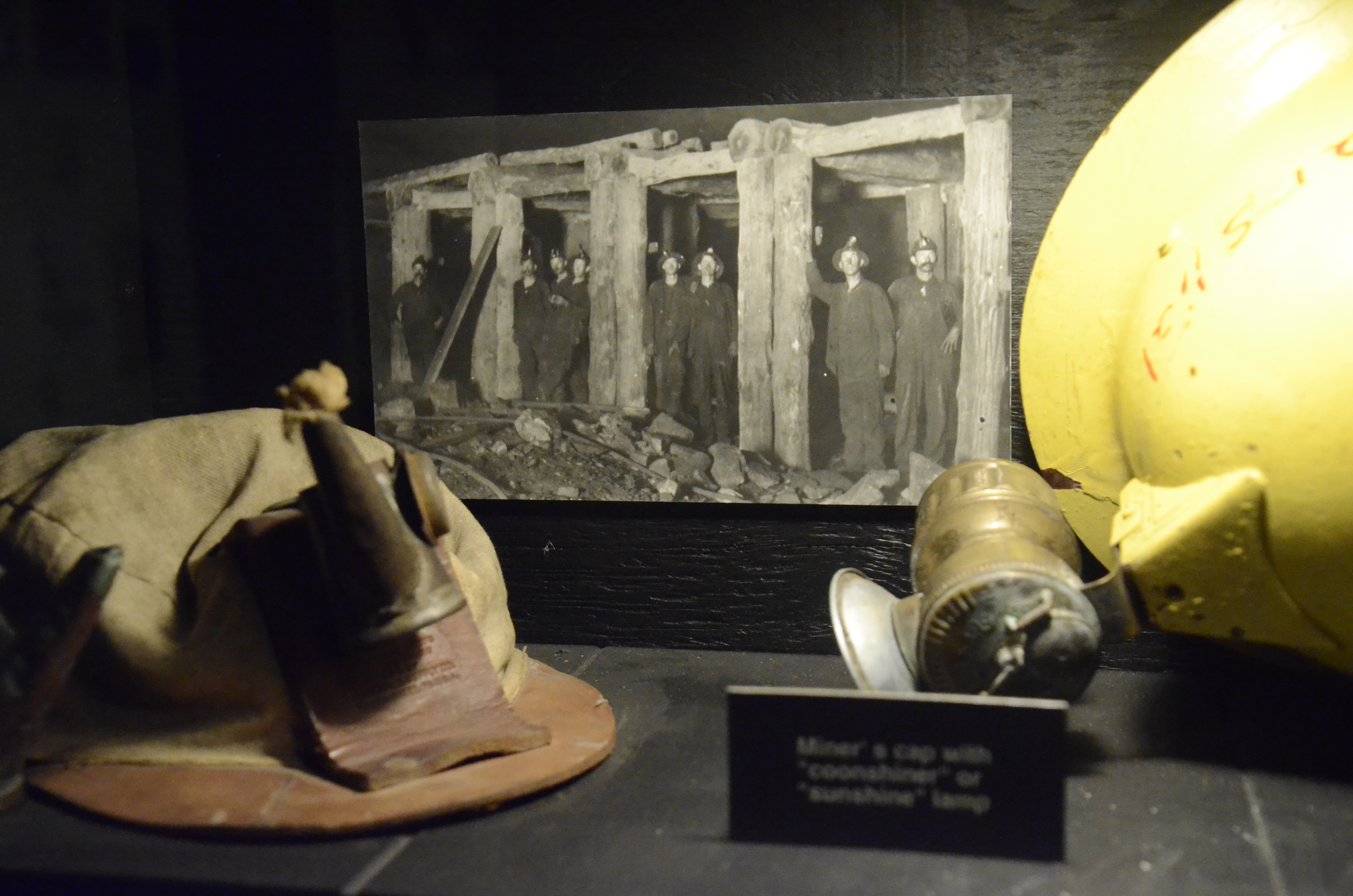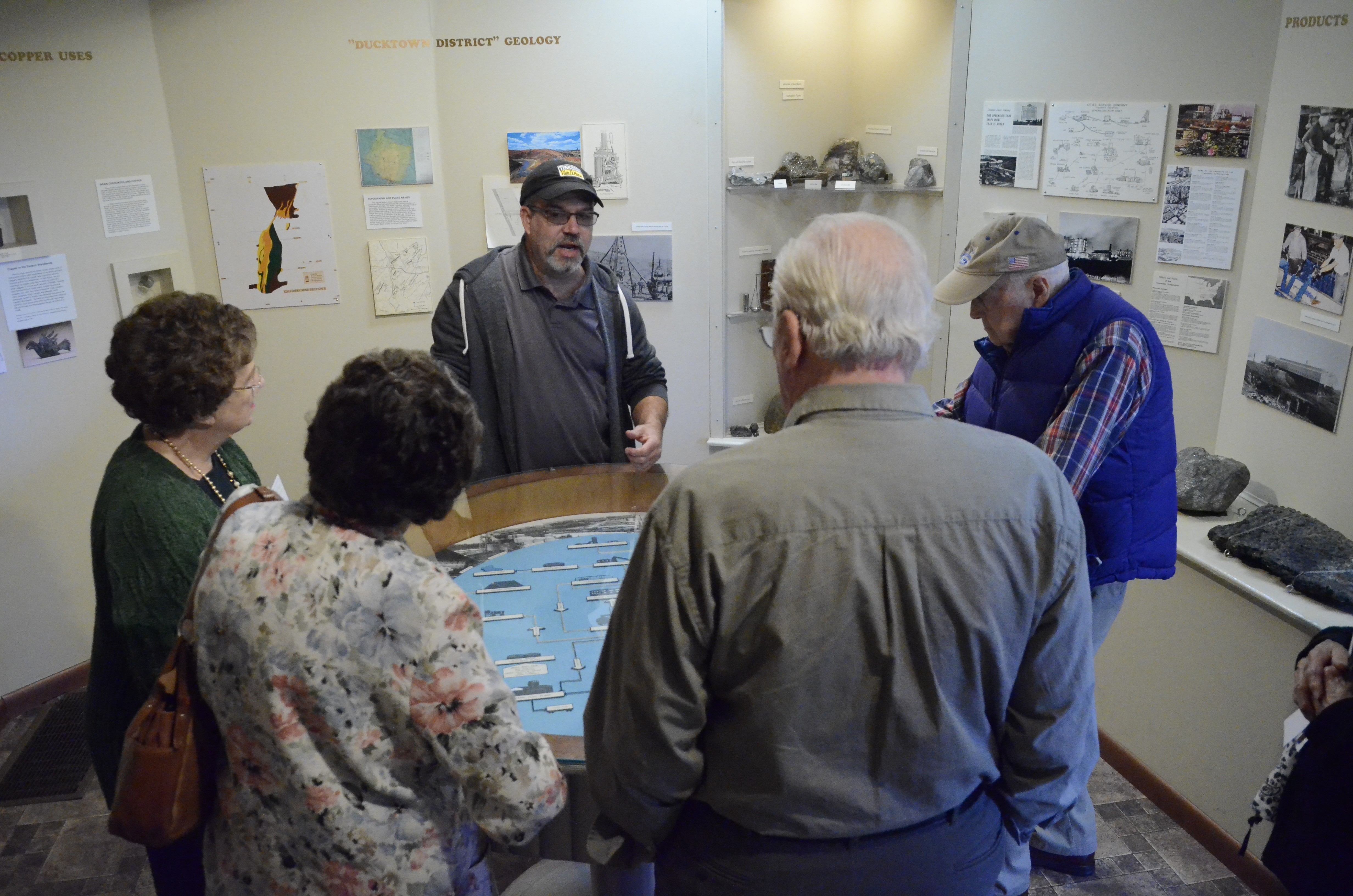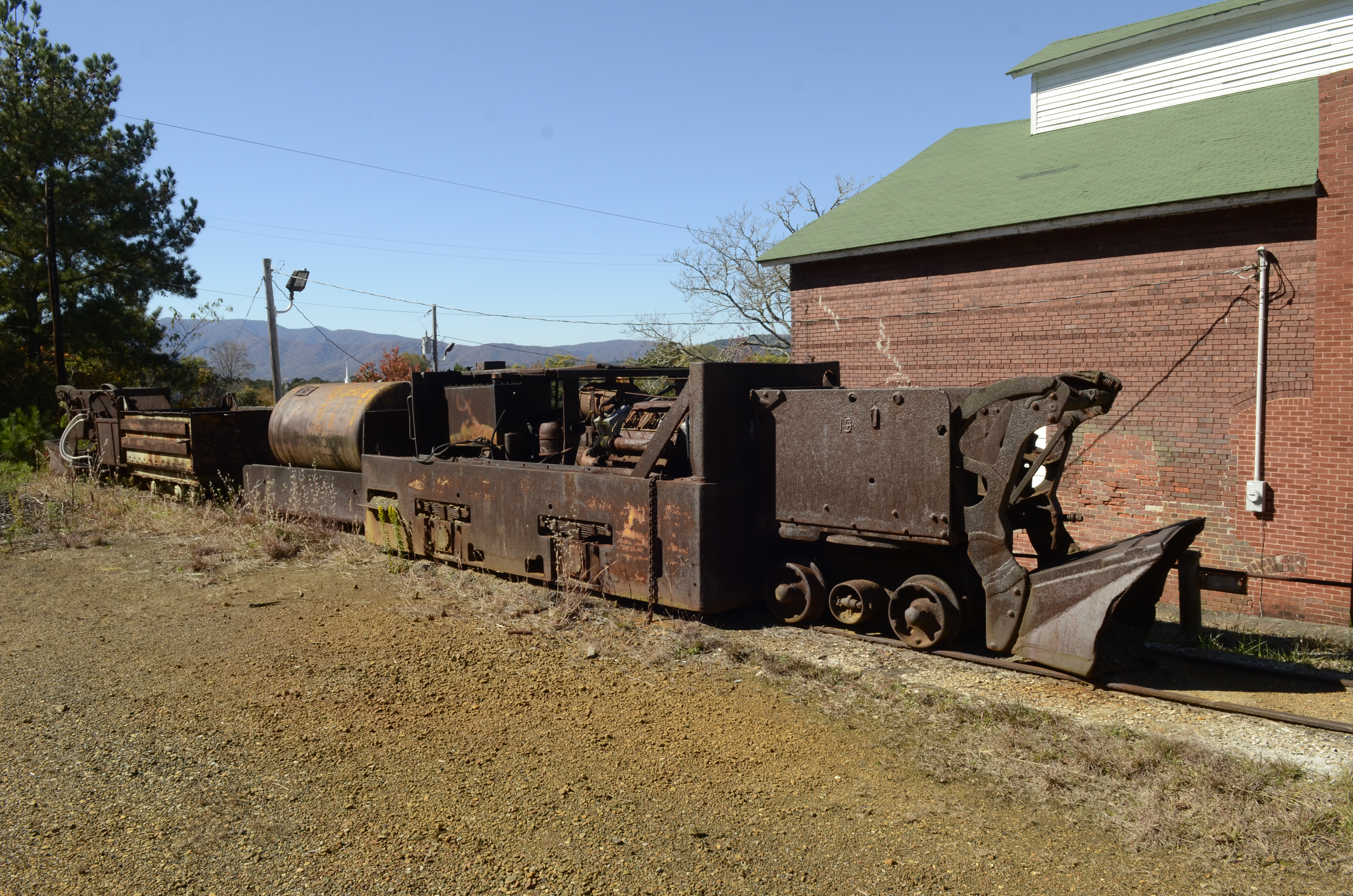COPPER BASIN TIMELINE1843: Copper discovered on the banks of Tater Creek (now called North Potato Creek)1850: Hiwassee Mine opened1853: Construction of the Copper Road along the Ocoee River to Cleveland, Tenn.1861: First copper rolling mill completed in Cleveland1899: Burra Burra Mine opened1904: Development of new processing technique eliminated need for open roasting, which had produced sulfur dioxide and helped lead to deforestation of the basin. Technique also developed to capture the sulfur dioxide gas to make sulfuric acid, a new commodity to sell1907: Sulfuric acid plant opened near what would later become McCaysville, Ga.1958: Burra Burra Mine closed1982: Tennessee Copper Co. purchased by Cities Service Co.1987: Last mine closedSource: Ducktown Basin Museum
DUCKTOWN, Tenn. - The vast landscape of the Copper Basin bears the scars of 150 years of mining, but also preserves the history of a way of life.
After a man named Lemmons discovered copper on Potato Creek while looking for gold, the basin became home to generations of men who lived, and sometimes died, in the Burra Burra mine. Before diesel drills or electric pumps, men burrowed and blasted more than a half-mile down into the earth to bring out the precious ore.
"It was slavish work before it was mechanized and you carried everything on your back," said former miner Bill Turpin, who was sitting with his wife, Ruth, in the Ducktown Basin Museum on Thursday. The 68-year-old Epworth, Ga., native was a miner from 1968 to 1987, when the last mine closed.
"The mines themselves [are] important to preserve, but more important than the mine was the people that worked in them. They're the ones who brought all this to life and made it happen," Turpin said.
The center of mining operations in the basin around 1900, the Burra Burra -- named for the famous mine in Australia -- now is the only historic copper mine in the southern U.S. open to visitation. Below-ground operations ceased in 1958, though above-ground activities continued until 1975 leaving a Mars-like, treeless red spread across 32,000 acres of the Copper Basin.
And now work has begun to preserve this piece of history, starting with four buildings that have stood since the early to mid-1900s, according to Ken Rush, director and curator of the Ducktown Basin Museum. The tiny museum is housed in Burra Burra's old "general mine office" atop a high hill overlooking the collapsed and overgrown mine.
The Tennessee Historical Commission bought the mine in 1988 but no major restoration has been done until now.
Rush said that, although the massive head frame that poked up into the sky above the mine was scrapped years ago for its steel, Burra Burra's clinic, hoist house, plate shop and powder house will be restored in the first phase. A total of 16 structures stand at the Burra Burra site.
Rush said the wood-sided clinic where the company's doctor saw mine workers is the first building getting restorative work, and painting crews are almost finished. Exterior and electrical work is on tap next.
PRODUCTS OF COPPER BASIN MININGOver more than 150 years of mining, the products of Copper Basin operations included:• Copper• Copper sulfate• Iron calcine• Ferri Floc• Sulfuric acid• Zinc• FungicidesSource: Ducktown Basin Museum
Built in 1919, the clinic is the most architecturally interesting of the four buildings, which were built for function, not looks, Rush said as he walked around the structure.
The 5,700-square-foot hoist house, built in 1901, is the largest of the four structures. The building once housed the steam-powered hoisting engines that hauled cables carrying workers and equipment to and from the mine.
The other buildings to be restored are the 1905 powder house, used to store blasting caps and powder, and the plate shop, built in 1940 for fabricating structural steel for the mine.
The work began in August, and Rush said it's supposed to be finished by Dec. 15 if weather permits.
The museum grounds hold a substantial collection of relics and artifacts -- rail cars and engines, hoists and tons of ore-bearing rock. Inside, visitors can see photos, tools and equipment, and a mock-up of a mine tunnel.
But Turpin says the only way to really appreciate a miner's experience is to go underground, where the darkness is inky black and the blue sky and fresh air are 3,000 feet up.
He worked in the Tennessee Shaft, owned by Tennessee Chemical Co. Ruth Turpin remembers her husband taking her to the deepest part of the shaft, more than 3,400 feet down.
"You can never imagine," she said with a shake of her head. "When we got to the bottom, I was just amazed. There were roads and big trucks and big equipment going down there."
She said the closed-in feeling, the smell of earth and rock, and the dark, were unnerving.
Turpin said some would-be miners just couldn't handle the closed-in atmosphere and sounds the mines made when the men went down daily to the face of the ore drift.
IF YOU GOFrom Chattanooga, take Interstate 75 North to exit 20 and continue east on APD 40 to the exit for U.S. Highway 64 East. Take Highway 64 to the exit for state Highway 68 North and take Highway 68 to the second right for Burra Burra Street. The museum is at the top of the hill. Admission is $5 for adults, $4 for seniors, $2 for children 13 to 17 and children 12 and under get in free. The museum is open Monday through Saturday, 9:30 a.m. to 4 p.m., in November and December. January to March, hours are 9:30 a.m. to 4 p.m. Tuesday through Saturday, and from April to October hours are 10 a.m. to 4:30 p.m. Monday through Saturday.WHAT MADE IT RED?People who visited the Copper Basin over the years once marveled at -- or were horrified by -- the 32,000 acres of red hills left by mining's devastation of the landscape. Until 1904, trees cut in the Copper Basin were used to fire roasting ovens to smelt the ore. That produced sulfur dioxide gas and caused acid rain and led to the erosion of all the top soil. By the 1870s, all of the vegetation was gone and the basin was considered the largest man-made biological desert in the nation, according to Glenn Springs Holdings Inc., the firm that began a $100 million remediation of the basin's barren lands 20 years ago.
"You had your dinner bucket, you had to carry in your drill, your air hose, water hose, you had to carry in all your explosives and all of that," Turpin said. "You had to drill 12 feet into the rock face a series of holes, and when you got through drilling you'd charge it up with explosives and you would use delay caps to go out from the center ... so you advanced 12 feet."
Mechanization, which came during Turpin's career, improved efficiency but brought its own dangers because of the pace and larger equipment, he said.
Despite the difficult work, the danger and the stress, the Turpins say mining provided them a good life and was the nucleus of the community, just as it was for 150 years.
"We thought it would last forever," Ruth Turpin said.
It's the sense of that way of life historians hope to preserve with the restoration project, Rush said.
Contact staff writer Ben Benton at bbenton@timesfreepress.com or twitter.com/BenBenton or www.facebook.com/ben.benton1 or 423-757-6569.



